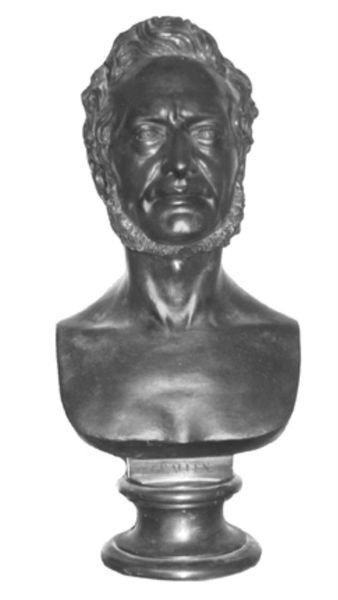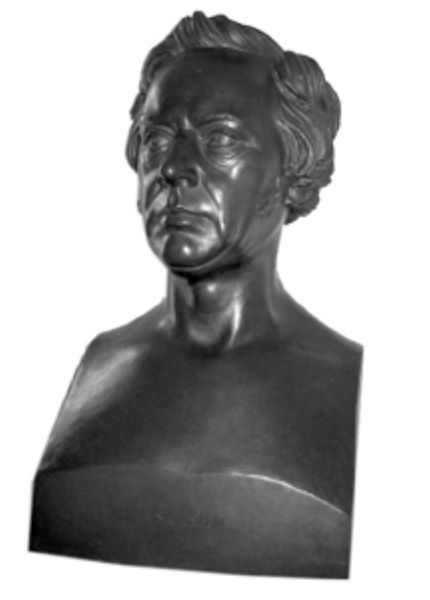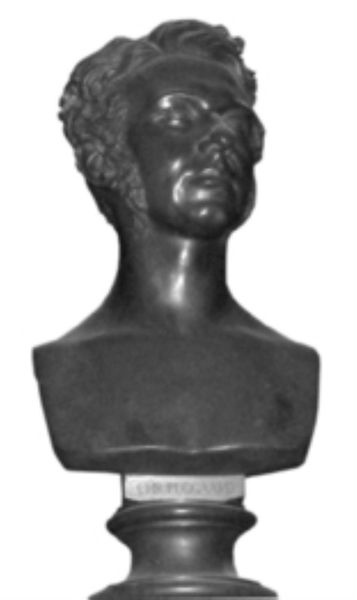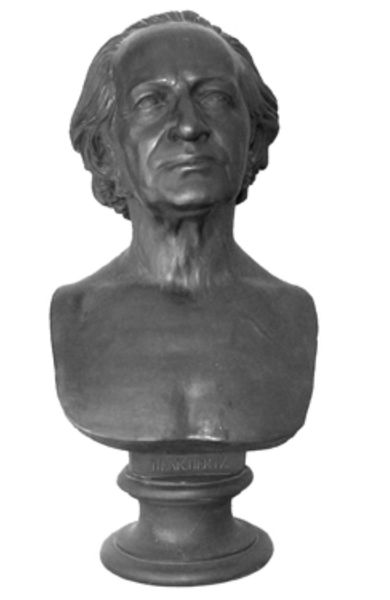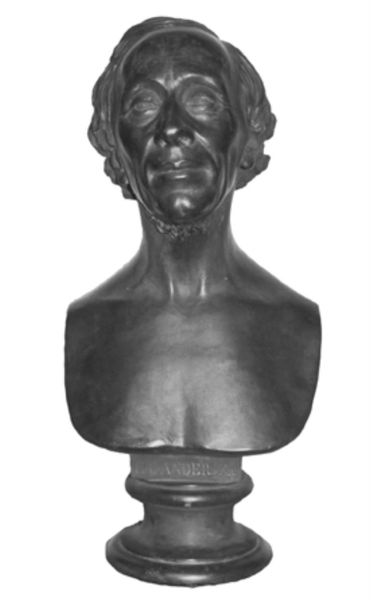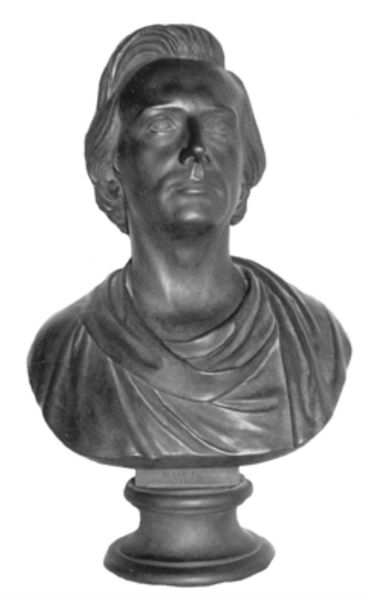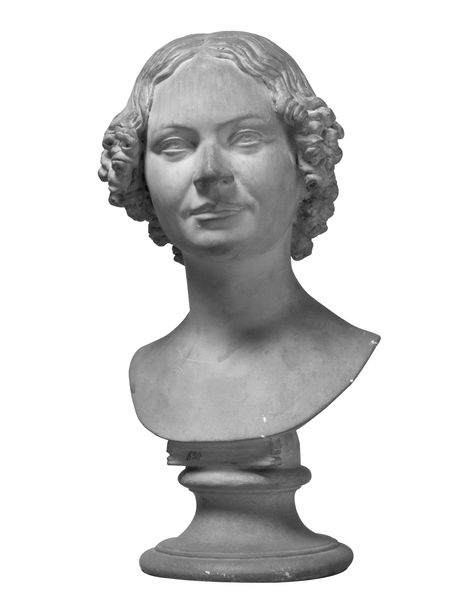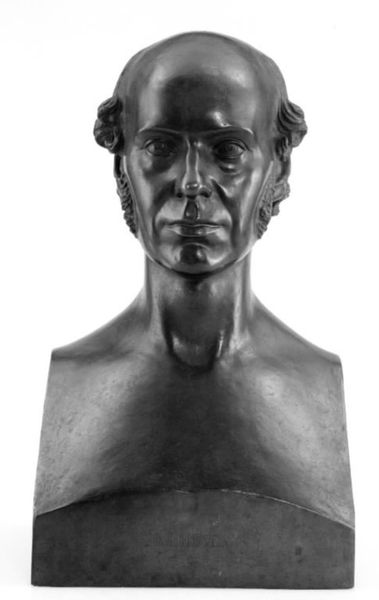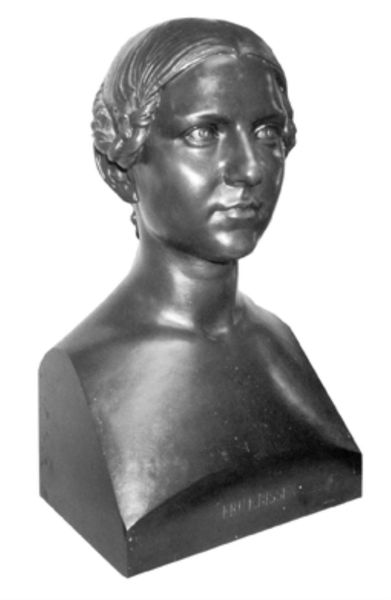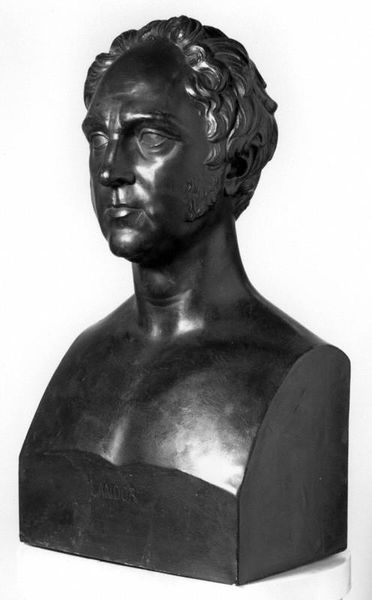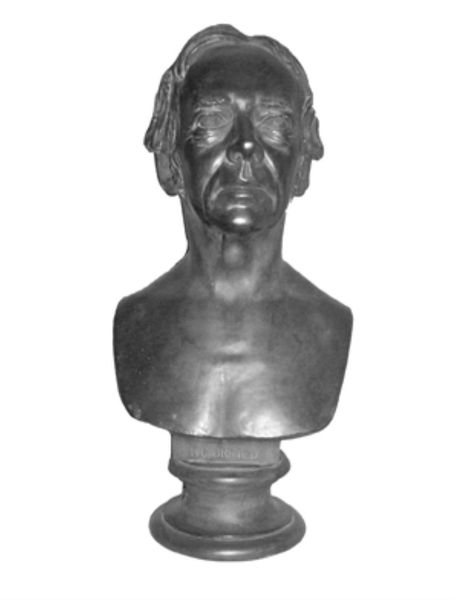
sculpture, marble
#
portrait
#
art-nouveau
#
portrait
#
figuration
#
sculpture
#
marble
#
realism
Dimensions: 46.5 cm (height) x 32.5 cm (width) x 24 cm (depth) (Netto)
Curator: Welcome. Here we have "Kvindebuste. Ung pige," or "Bust of a Woman. Young Girl," created around 1910 by Niels Hansen Jacobsen. The piece is carved from marble and embodies both realistic and Art Nouveau sensibilities. Editor: The first thing that strikes me is the subject's slightly melancholic expression. Her eyes are subtly downcast, giving off an aura of contemplation. Curator: It’s quite fascinating to view it through the lens of early 20th-century sculptural trends, when many artists were experimenting with ways to portray psychological depth through physical form. Hansen Jacobsen would have been a participant in those debates about realism versus idealism in art, as the era grappled with the burgeoning study of psychology. Editor: The texture is another aspect worth considering. The marble has this beautiful, almost translucent quality in places, which softens the overall appearance, bringing an almost ephemeral feel to this very permanent, stone figure. Do you think it references historical female archetypes? Curator: Absolutely, it’s plausible to see a dialogue with classical statuary, where the female form was often idealized and mythologized. However, by the 20th century, you have many artists pulling away from strictly ideal representations to examine individuality within their works, influenced as they were by political, economic, and cultural factors that redefined understandings of individual selfhood. Editor: It does make me wonder about the identity of the young woman portrayed here. Was she a real person, or more of a symbolic representation? In either case, I’d ask how her story interacts with power dynamics and prevailing beauty standards of the period. Who did marble art serve? Curator: These are valid and essential inquiries, and without more documentation it remains ambiguous. We should, however, bear in mind that many works circulated widely via reproductions which democratized access while still creating exclusive, elite ownership over the originals. This makes the sculpture a reflection of its moment. Editor: Reflecting on it now, it’s thought-provoking to consider the intersections of aesthetics, class, and gender embodied within this piece, and how those interactions affect its viewers today. Curator: A valuable conclusion that reinforces our responsibility to question art's role and reception in shaping both our present and historical contexts.
Comments
No comments
Be the first to comment and join the conversation on the ultimate creative platform.
